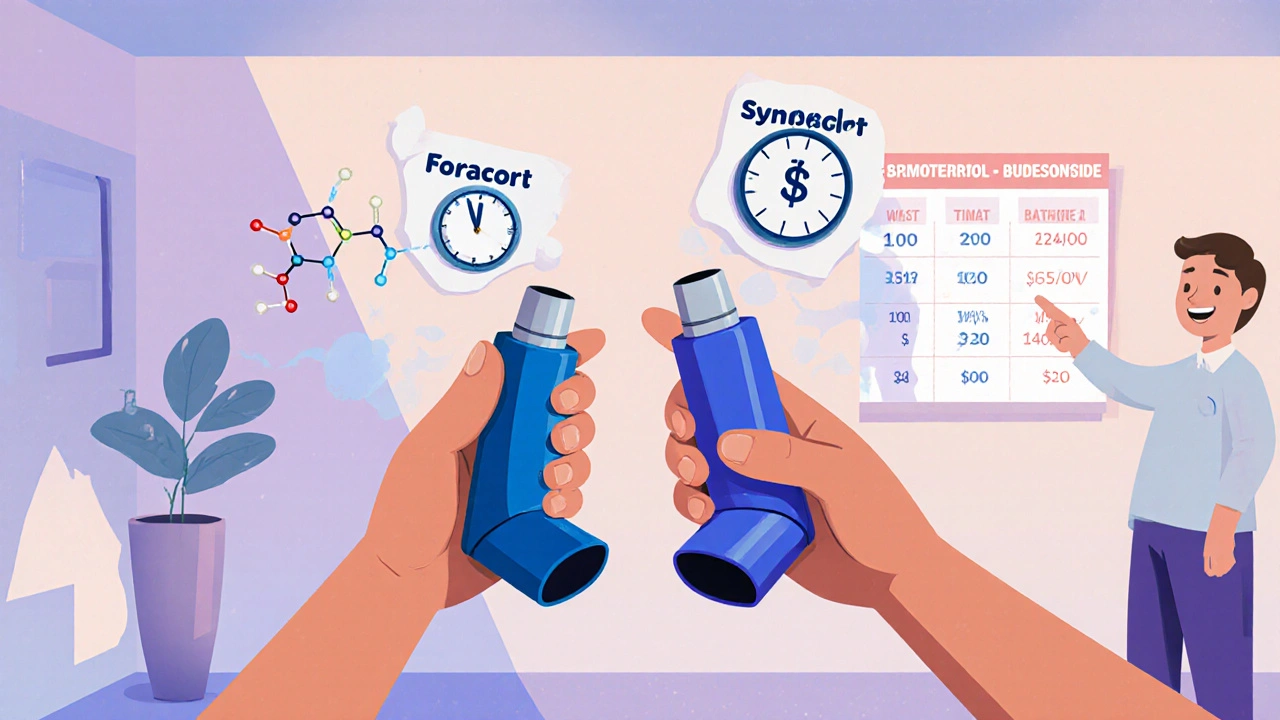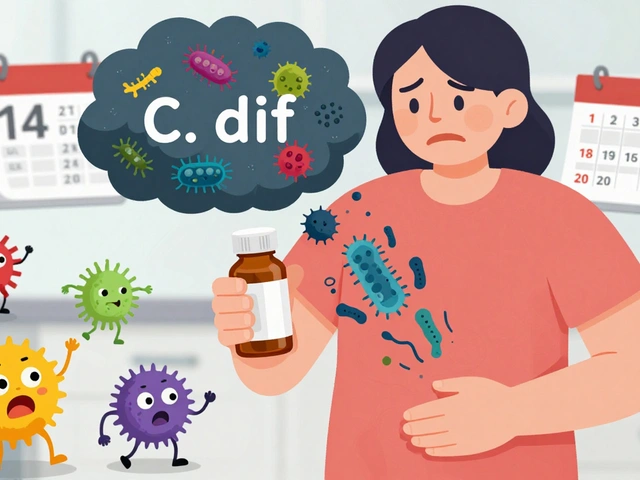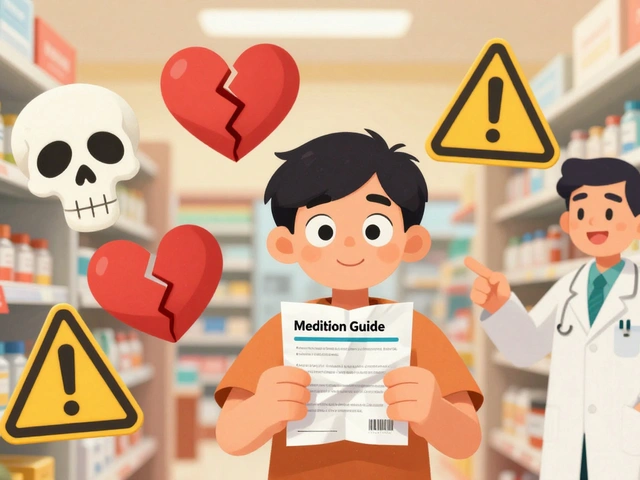Asthma Inhalers: Types, Uses, and What You Need to Know
When your airways tighten up and breathing becomes a struggle, asthma inhalers, portable devices that deliver medication directly to the lungs to relieve or prevent asthma symptoms. Also known as puffers, they’re often the first line of defense for millions of people with asthma. These aren’t just quick fixes—they’re essential tools for daily control and emergency relief. Without them, simple activities like walking up stairs or playing with kids can turn into battles for air.
Bronchodilators, medications that relax the muscles around the airways to open them up are the go-to for sudden symptoms. Think of them as your rescue team—fast-acting, ready when you need them most. Common ones like albuterol work in minutes and are found in most rescue inhalers. Then there are corticosteroid inhalers, daily preventers that reduce swelling and mucus in the airways over time. These don’t help during an attack, but they stop attacks from happening in the first place. People who use them regularly often see fewer ER visits and better sleep.
What most folks don’t realize is that how you use your inhaler matters just as much as what’s inside it. A poorly timed puff or wrong breathing technique means half the medicine never reaches your lungs. That’s why guides on proper technique, spacer use, and cleaning routines show up so often in trusted health resources. And while these devices are common, they’re not one-size-fits-all. Kids, seniors, and people with limited hand strength need different designs—some require coordination, others are breath-activated.
You’ll also find that many people mix up their inhalers. Using a rescue inhaler every day? That’s a red flag. It means your asthma isn’t under control, and you need a long-term plan. On the flip side, skipping your preventer because you feel fine? That’s like turning off your car’s engine because the road looks smooth right now. Asthma doesn’t take days off, and neither should your treatment.
The posts below cover real-world issues people actually face: how to tell if your inhaler is empty, why some meds interact with other drugs, what to do if you’re pregnant and need asthma control, and how to avoid common mistakes that make inhalers useless. You’ll find practical tips from people who’ve been there—not theory, not ads, just what works. Whether you’re managing your own asthma or helping someone else, these guides give you the clarity you need to breathe easier—every single day.
Compare Foracort Inhaler with Symbicort, Advair, Breo, and other alternatives to find the best asthma or COPD treatment. Learn about ingredients, cost, side effects, and which option suits your needs.






